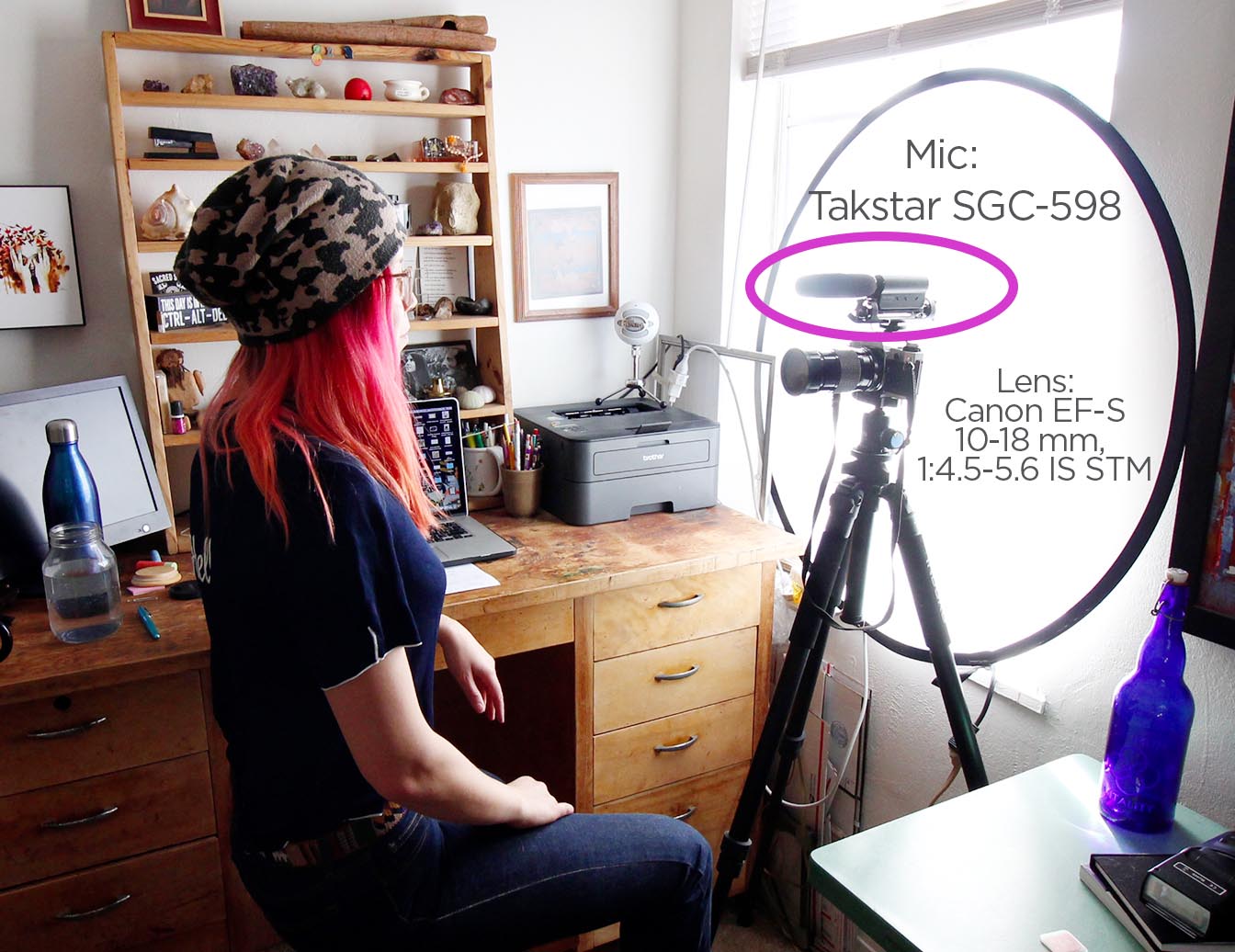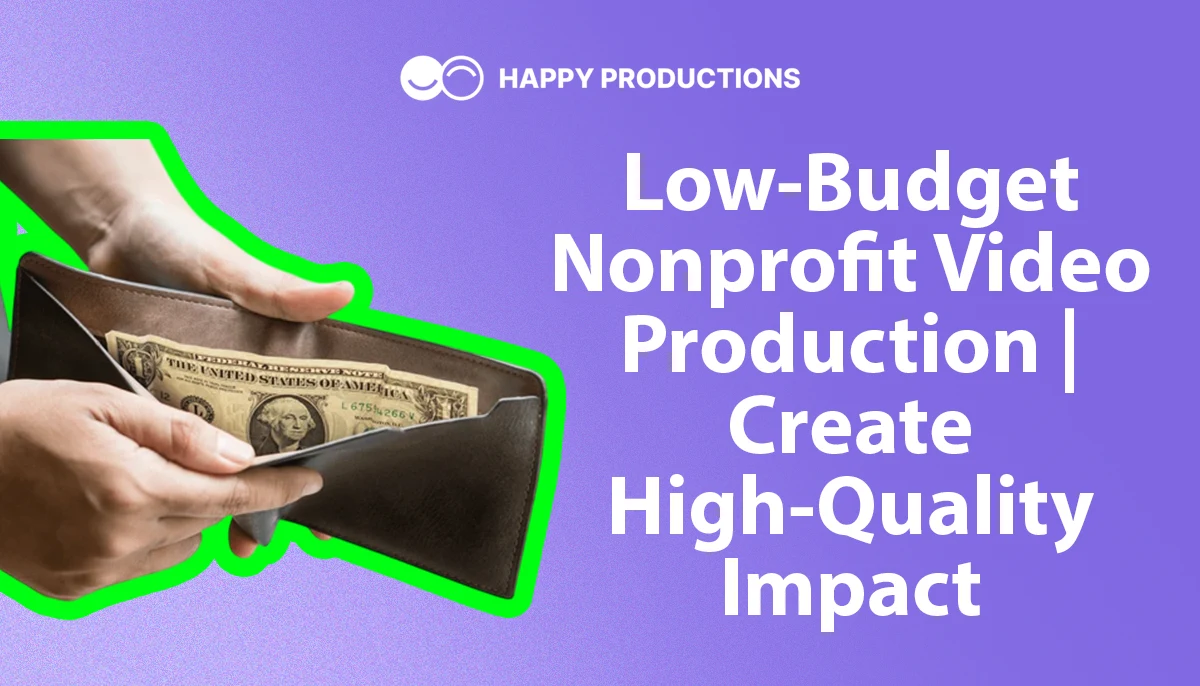How to Create Nonprofit Videos on a Shoestring Budget (That Still Look Professional)
Introduction
Video storytelling doesn’t have to be expensive. Many of the world’s most impactful nonprofit videos were filmed on phones, edited with free software, and powered by creativity, not large budgets.
If your organization is short on funds but rich in purpose, here’s how to create videos that look professional, connect emotionally, and inspire donors to give.

1. Focus on Story, Not Gear
The heart of every great video is its story. Viewers forgive imperfect lighting, but they won’t stay for a lifeless message.
Choose one powerful story and plan it carefully:
- Who is the person or community you’re highlighting?
- What change has your organization made possible?
- What moment best shows that transformation?
The tighter the story, the stronger the impact.

2. Use Natural Light and Steady Angles
Film near windows or outdoors. Natural light creates warmth and clarity that artificial lighting can’t match.
If you don’t own a tripod, rest your phone on a stable surface or stack of books. Shaky footage distracts from emotion, stability builds credibility.

3. Record Clean, Clear Sound
Viewers will tolerate rough visuals, but poor audio loses trust instantly.
Use a simple lavalier microphone (under $25) or record voiceovers in a quiet room. Clear sound turns an ordinary clip into a polished story.
4. Edit With Free Tools
Free software like CapCut, DaVinci Resolve, or Canva lets you trim footage, add subtitles, and insert music legally.
Focus on pacing: short pauses between dialogue help viewers absorb emotion and stay engaged.

5. Repurpose Everything
Turn one long interview into ten shorter clips for social media. Use the same story for Reels, TikToks, YouTube Shorts, and email campaigns.
A single afternoon of filming can fuel months of content if you plan with repurposing in mind.
Conclusion
Professional doesn’t mean expensive. A smartphone, natural light, and an authentic story are enough to create a moving video that raises awareness and funding. What matters most is the emotion behind the lens, not the equipment in front of it.






